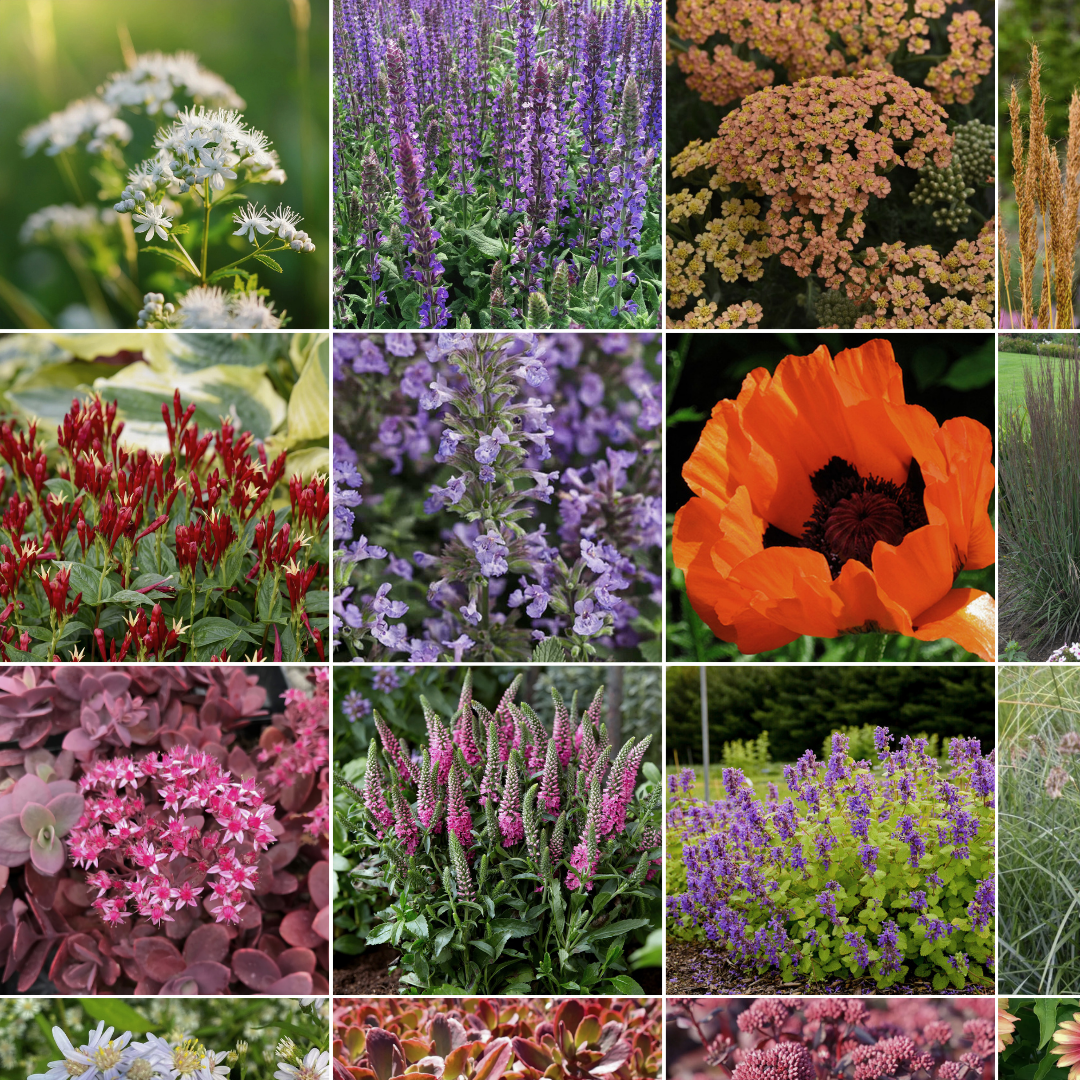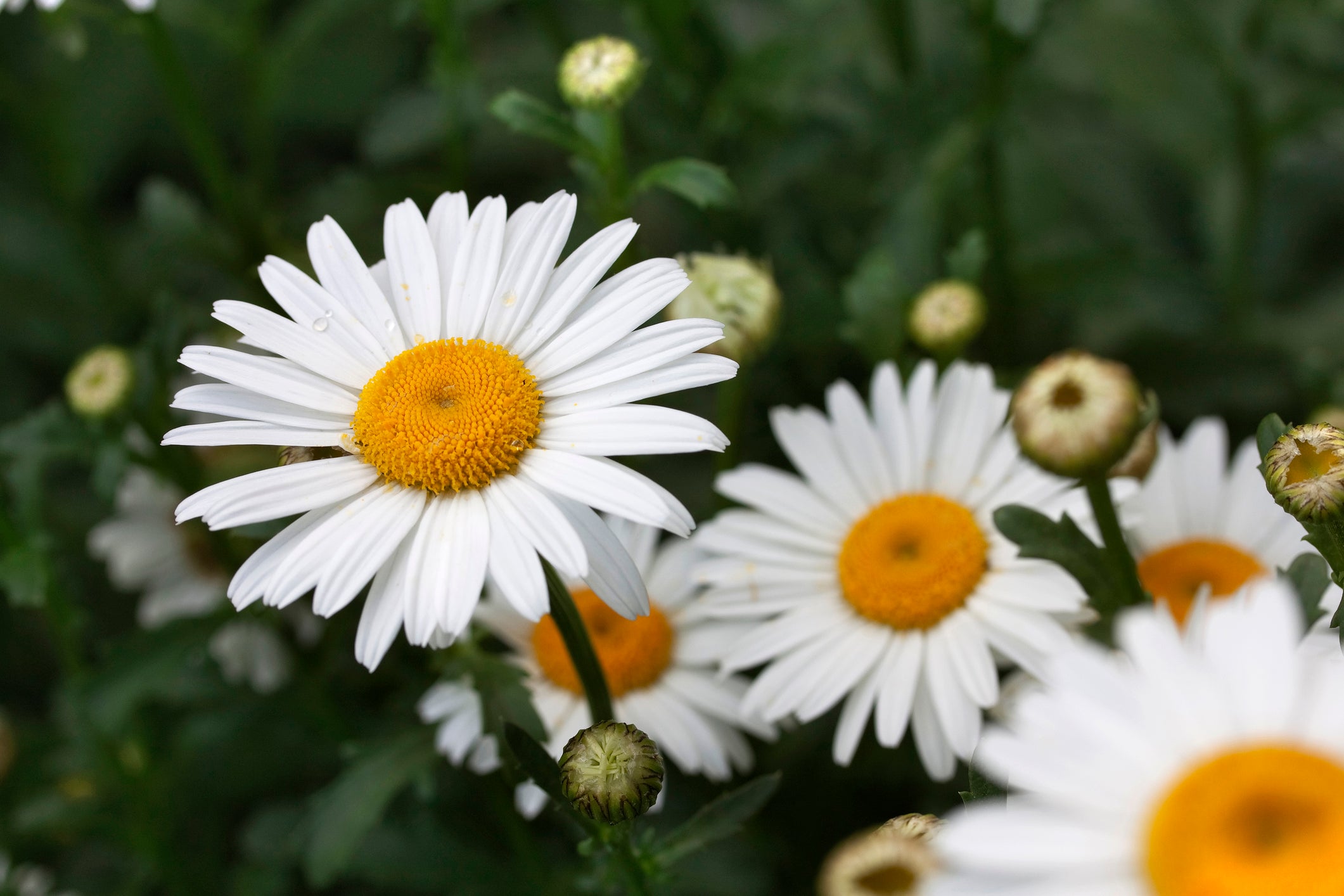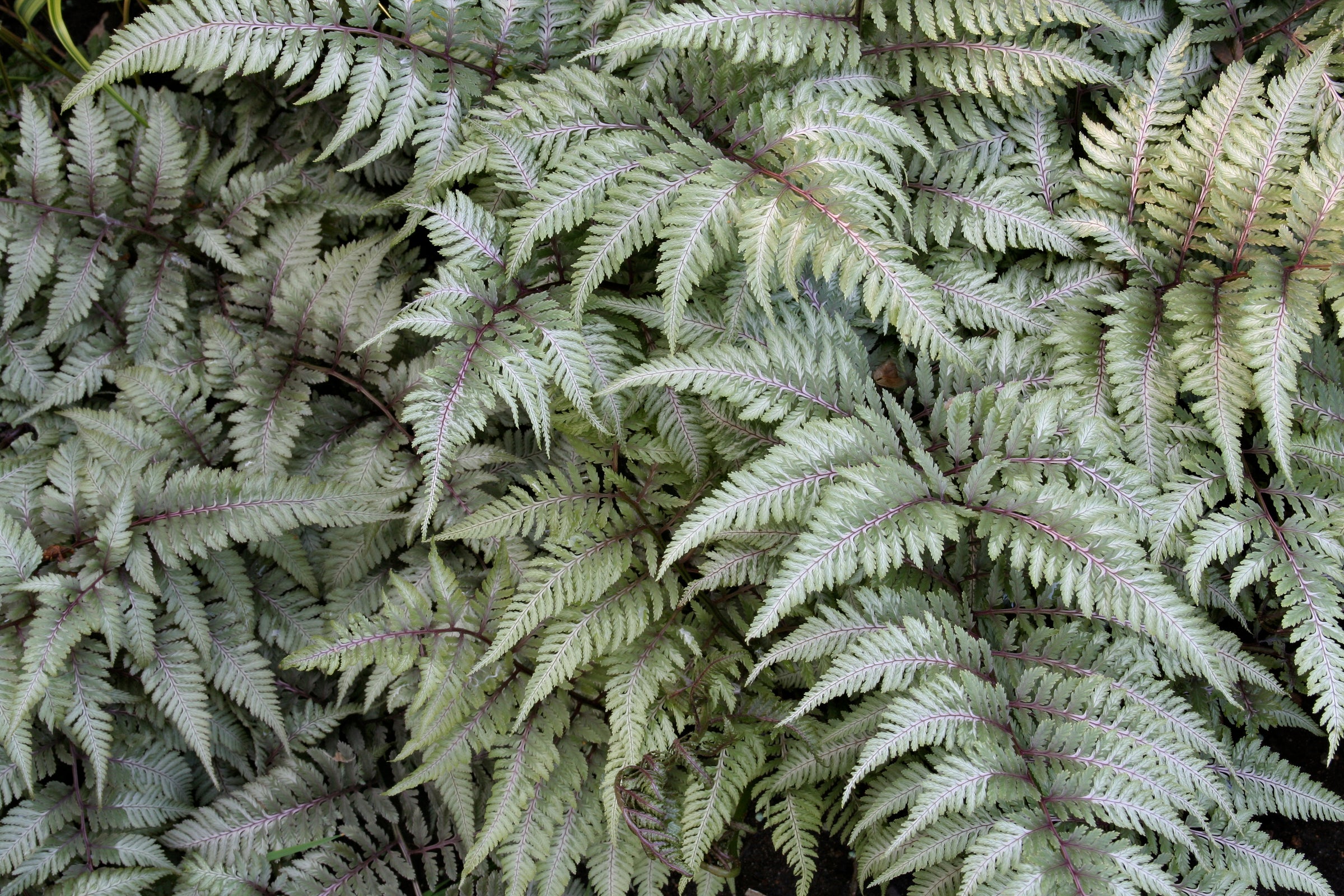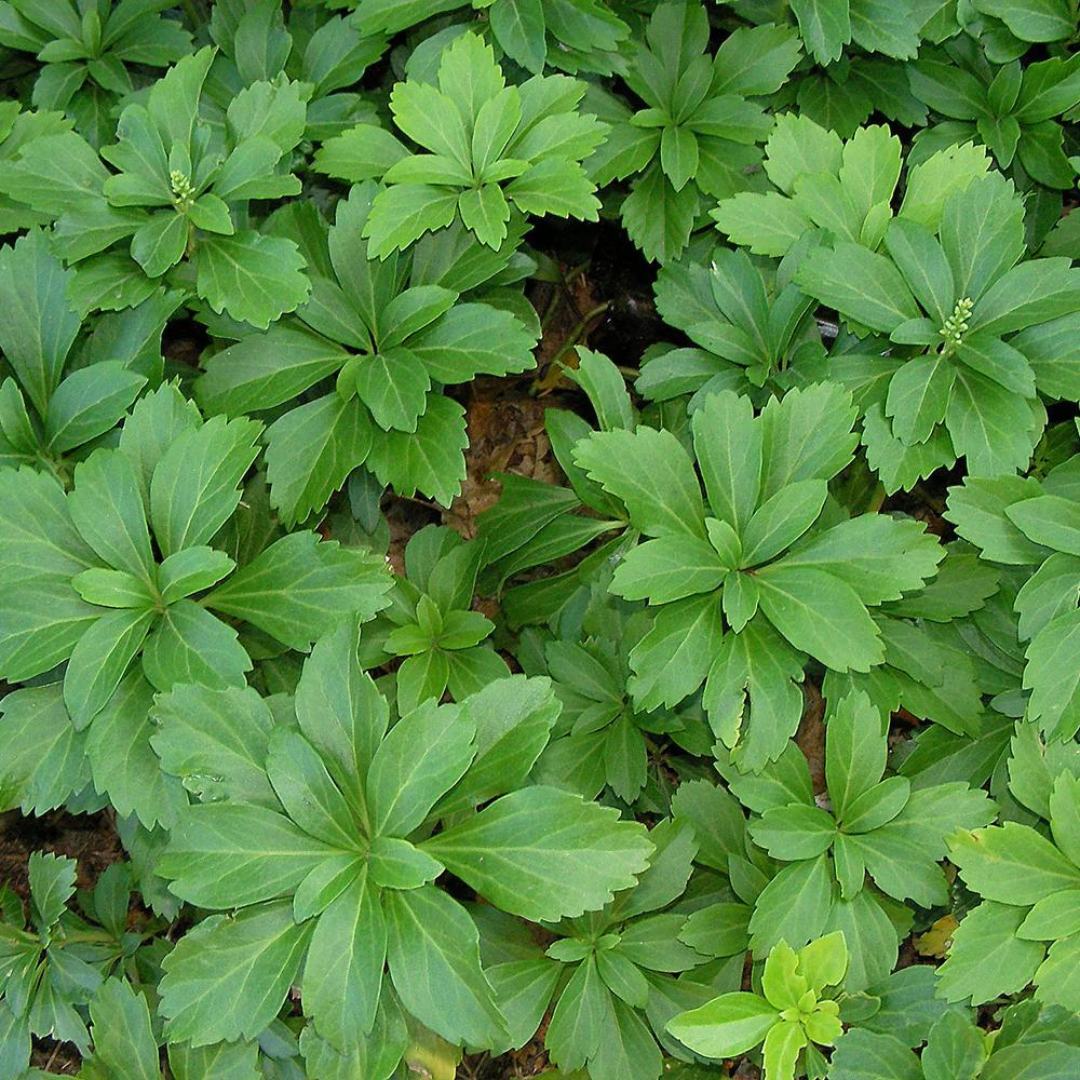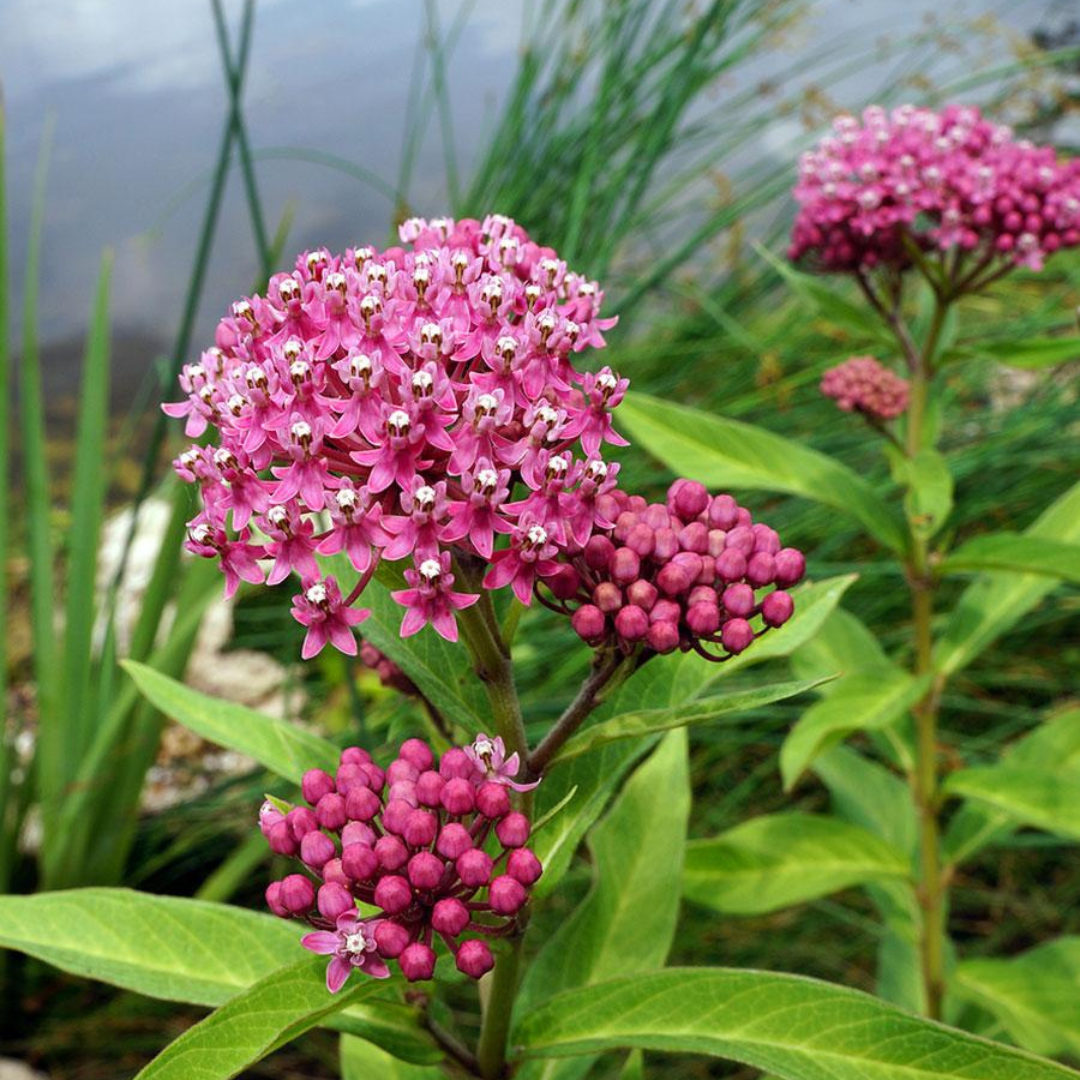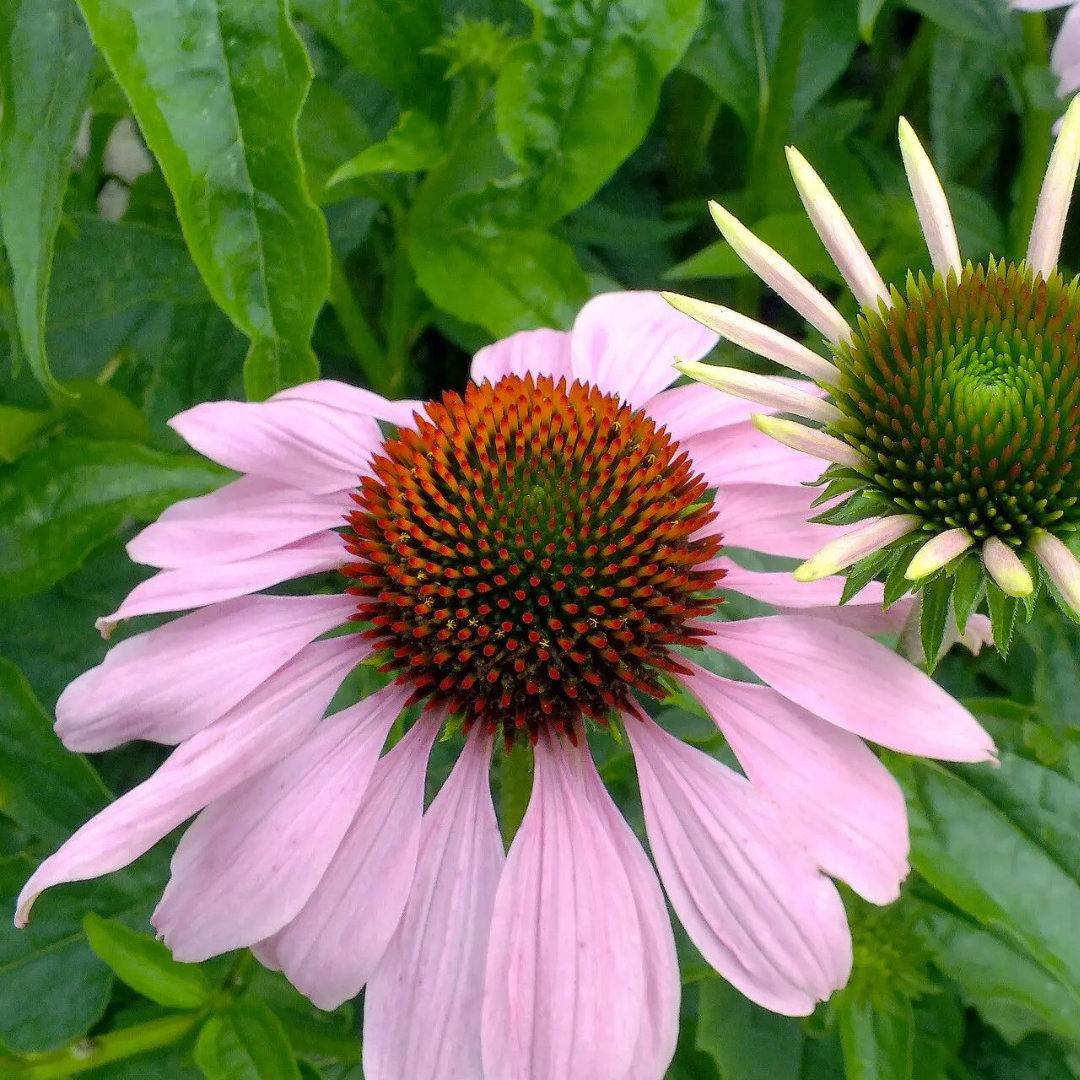
Echinacea angustifolia
Add to Wishlist Full Sun
Full Sun
 Drought Tolerant
Drought Tolerant
 Pollinator Friendly
Pollinator Friendly
 Low Maintenance
Low Maintenance
- In stock, ready to ship
- Backordered, shipping soon
Echinacea angustifolia: Wild Grace from the Heart of the Prairie
Tough yet tender in appearance, Echinacea angustifolia embodies the quiet strength of the prairie. With soft pink petals that curve gently backward from a bold, coppery-orange cone, this native coneflower brings wild beauty and pollinator power to sunny, open spaces. Blooming in early to midsummer, it stands shorter and more compact than other species, with narrow, slightly hairy foliage that speaks to its resilience. Unfussy, long-lived, and ecologically important, this species is a graceful ambassador of native plant gardening.
Plant Characteristics:
- Height: 40–60 cm
- Spread: 30–45 cm, forming a compact clump of upright stems
- Flower Colour: Soft rose-pink with reflexed petals and a prominent orange-brown cone
- Flowering Period: Early to midsummer
- Foliage: Narrow, dark green leaves with a rough, sandpapery texture
- Sunlight Requirements: Full sun
- Soil Requirements: Well-drained, gravelly to sandy soil; thrives in dry, nutrient-poor conditions
Uses and Benefits: Echinacea angustifolia is a cornerstone species for prairie gardens, xeriscapes, and pollinator-focused plantings. Its deep taproot makes it exceptionally drought-tolerant, while its early-season blooms offer vital nectar to bees and butterflies. This coneflower is ideal for naturalistic designs where rugged performance and soft movement come together.
Companion Plants: Pair Echinacea angustifolia with Gaillardia 'Mesa Peach', whose warm-toned daisies and similar height complement the echinacea’s palette while thriving in lean, sunny soils. Add Bouteloua gracilis (blue grama grass), whose delicate seed heads and fine texture echo the airy charm of prairie meadows. Finish with Sedum 'John Creech', a low-growing groundcover that fills gaps between clumps, softens edges, and adds contrasting form with its fleshy green leaves and late pink bloom.
Care Instructions: Plant in full sun with sharply drained soil—sandy or gravelly is ideal. Once established, this species requires little to no supplemental watering. Avoid rich or heavy soils, which can reduce lifespan. Deadhead to prolong flowering or leave seed heads for winter structure and bird interest. Rarely needs division due to its deep root system.
History: Native to the Great Plains and central North America, Echinacea angustifolia is among the most ancient and revered of the coneflowers. Used for centuries by Indigenous peoples for its medicinal properties, it continues to be valued today for both its ecological role and timeless beauty. Its compact stature and drought resilience make it a favourite in restoration projects and low-maintenance designs alike.
Final Thoughts: With its soft, backward-swept petals and enduring nature, Echinacea angustifolia offers a gentle yet resilient presence in the garden. When planted alongside the sun-warmed blooms of Gaillardia 'Mesa Peach', the fine structure of Bouteloua gracilis, and the hardy texture of Sedum 'John Creech', it creates a harmonious, water-wise tapestry that honours the wild heart of the prairie. A compact native with deep roots and lasting charm.


